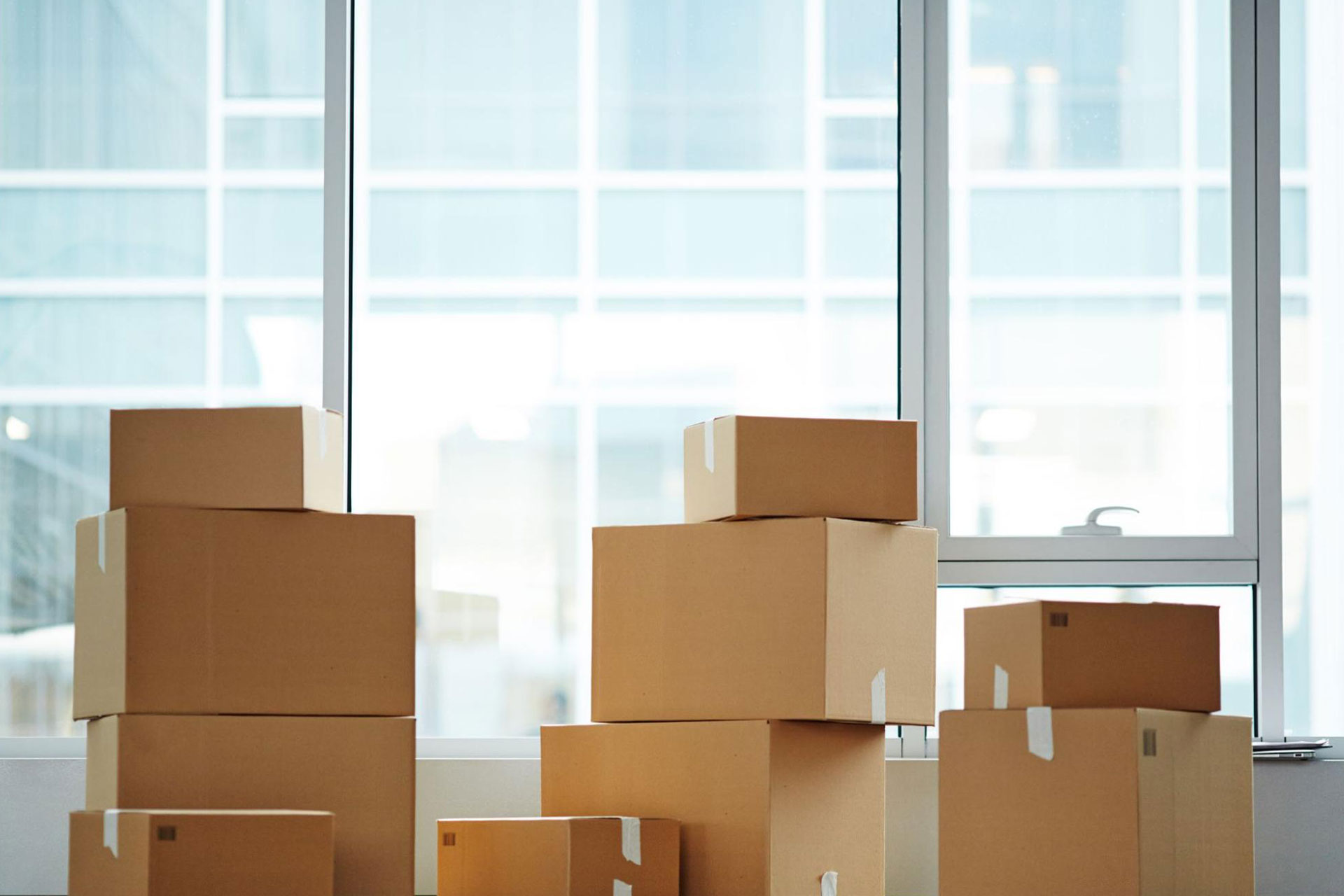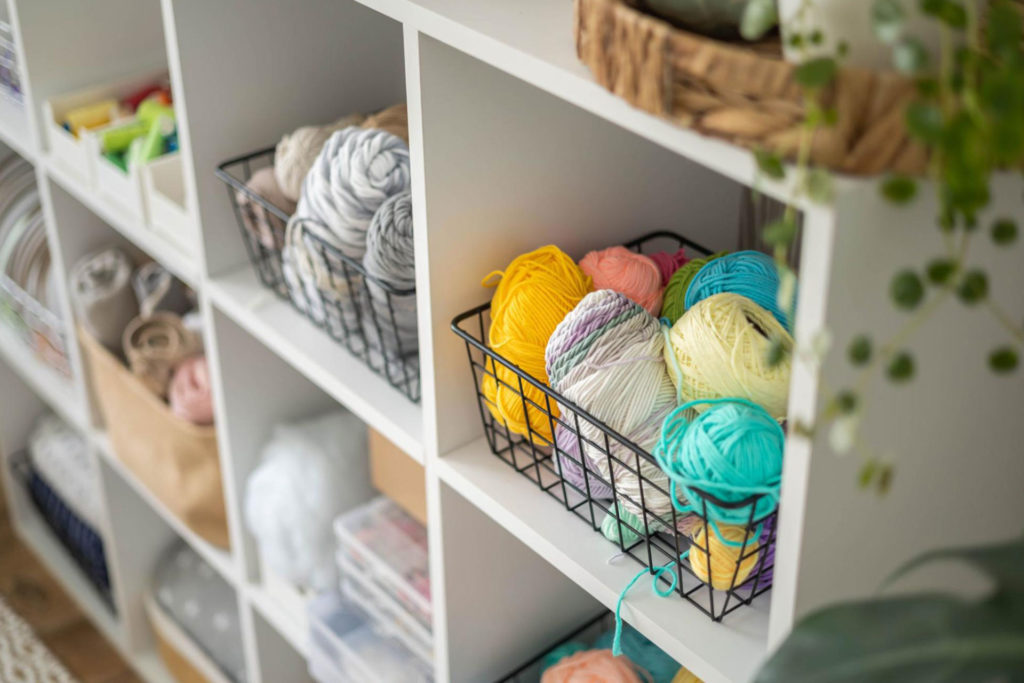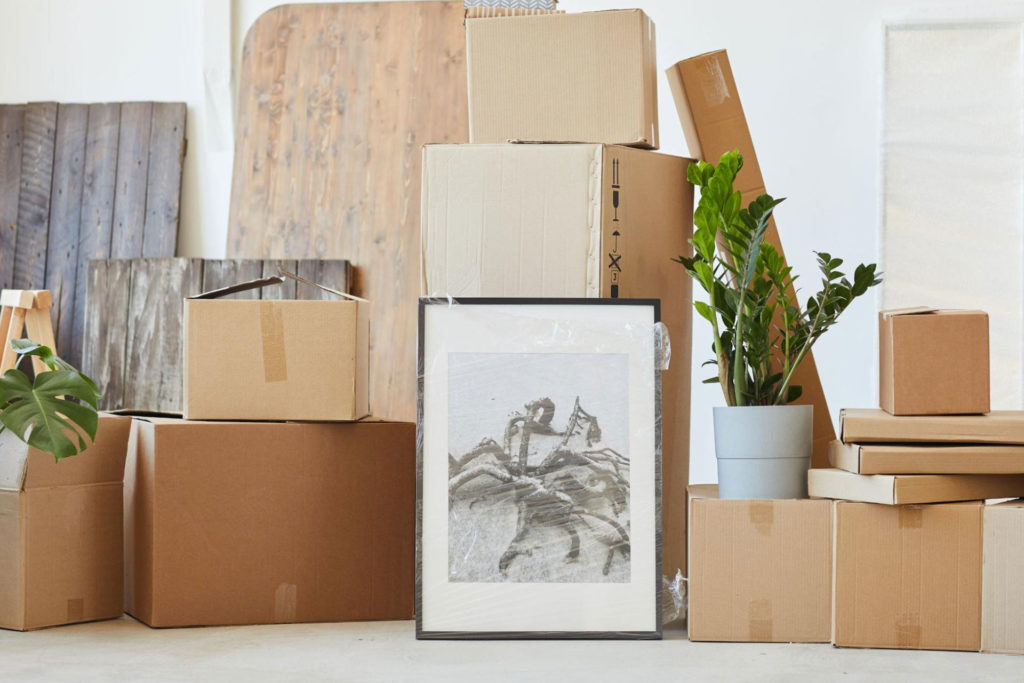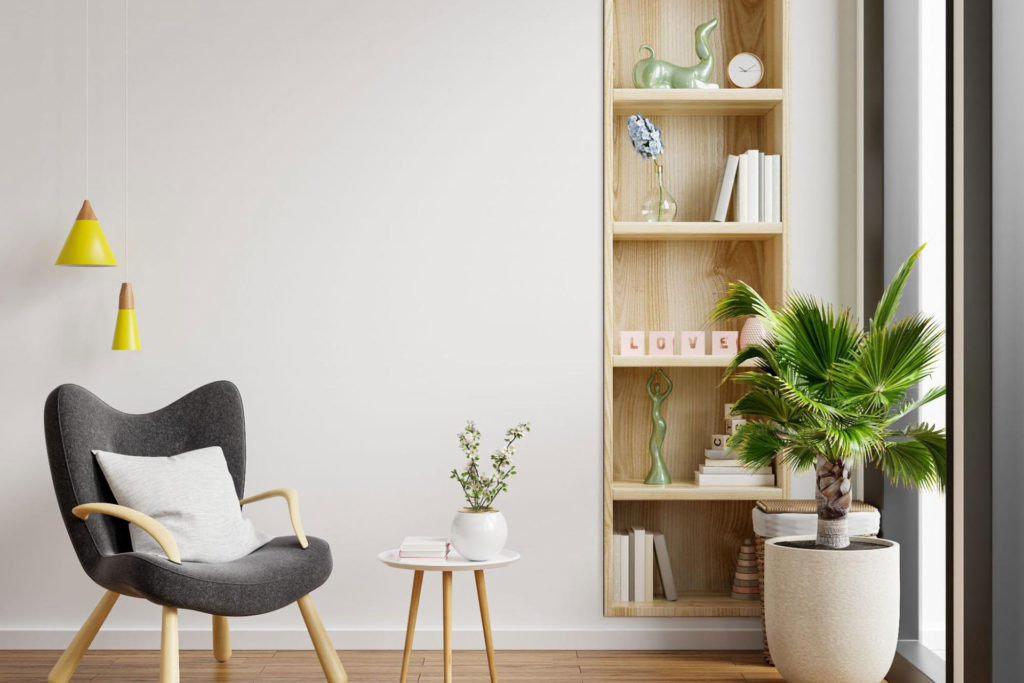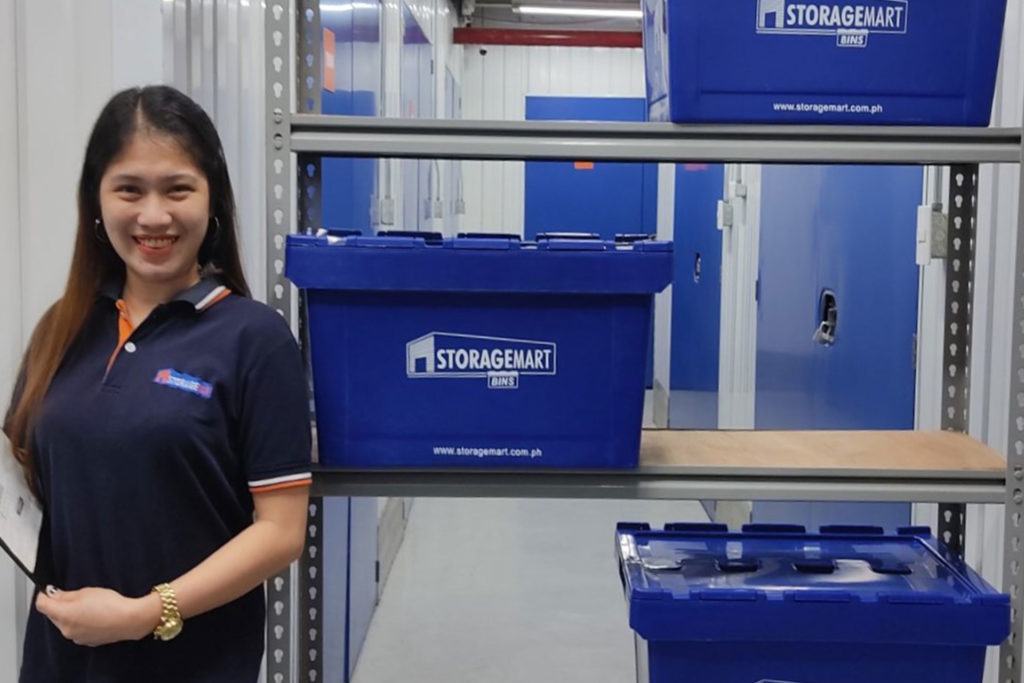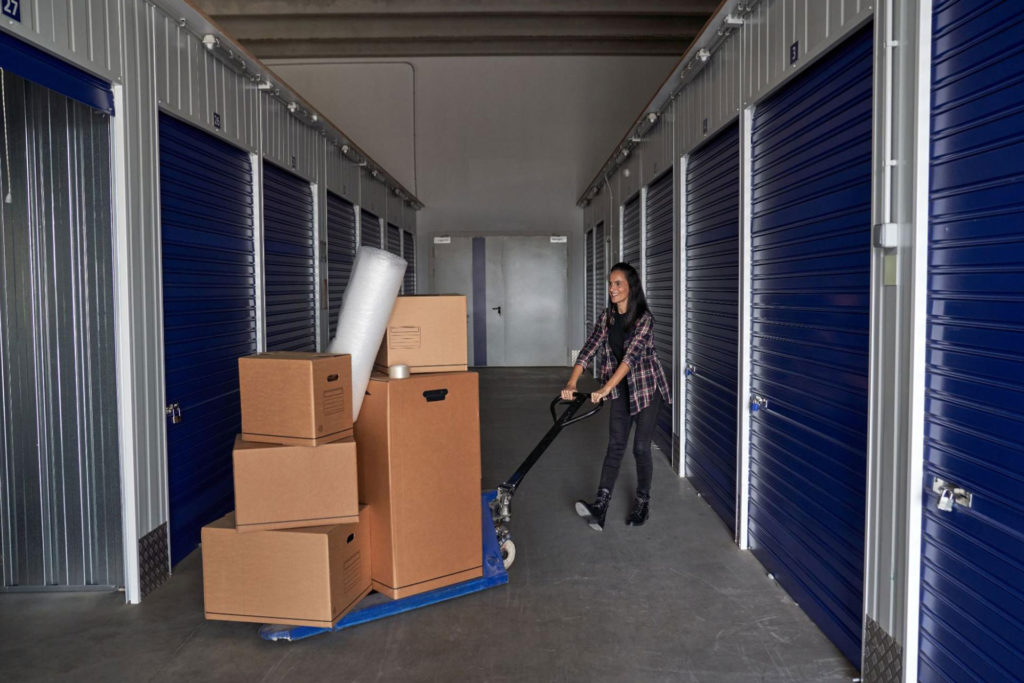Packing isn’t really the most exciting thing to do when you’re preparing for a move-out or organizing your things for storage. You’re faced with different objects of various forms and sizes that you don’t exactly have an idea of how to properly pack. But the good thing is that there are packing supplies that can be utilized to help make the packing process better and more efficient. Now speaking of packing supplies, some of the most commonly used packing supplies are bubble wrap and packing paper — both of which are equally useful in keeping your things safe and organized while in storage.
If you’re having quite a dilemma about which packing material to use, reading this article may help you in your decision-making process because we’ll be breaking down the essential advantages and disadvantages of using bubble wrap and packing paper. So let’s begin!
What is a Bubble Wrap?
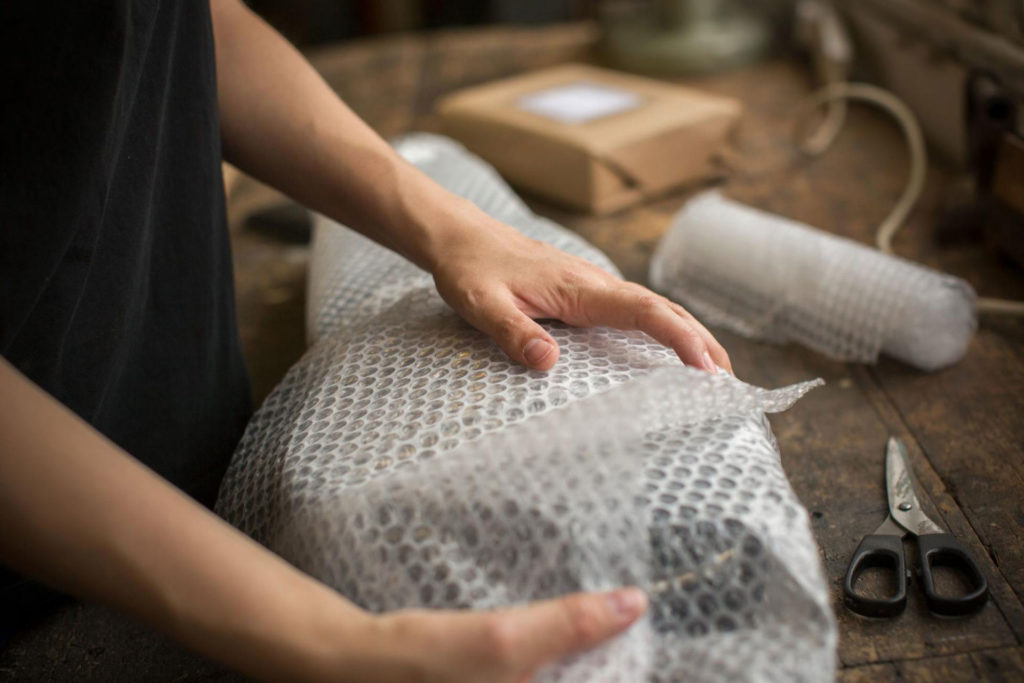
A bubble wrap is a transparent plastic sheet with air bubbles. The air bubbles serve as a cushion to keep packed or stored things from breaking, which is why this packing material is typically used when shipping or transporting fragile items from one place to another or storing them in a storage unit.
Benefits of Bubble Wrap
Bubble wraps offer great protection to various household items, from the bulkiest down to the awkwardly-shaped items, making it a reliable staple packing material for many households and businesses. Let’s take a look at its benefits:
- Bubble wraps serve as protection against impacts, keeping fragile items from breaking or getting damaged.
- Given that bubble, wraps are made with plastic and are malleable enough to cover the object you are trying to wrap. This means that you can use it to pack big or small items — no matter what shape they may have or how bulky they may be, making bubble wraps handy for custom packaging concerns.
- Bubble wraps are easy to use and you don’t need any particular tool to make use of it, so you can save time in packing.
- Bubble wraps are lightweight and even with multiple layers of them, it won’t add up to the weight of your items. This makes them ideal for shipping because you won’t have to worry about paying additional costs on the weight.
- Bubble wraps are more affordable compared to other packing materials.
Drawbacks of Bubble Wrap
- Since bubble wrap is made with plastic material, it’s not biodegradable, which means that it’s an environmental hazard.
Items That Can Be Packed Using a Bubble Wrap
- Antiques
- Fine Furniture Items
- Glassware, Chinaware
- Artwork
- Toys
- Electronic and Electrical Devices
What is a Packing Paper?
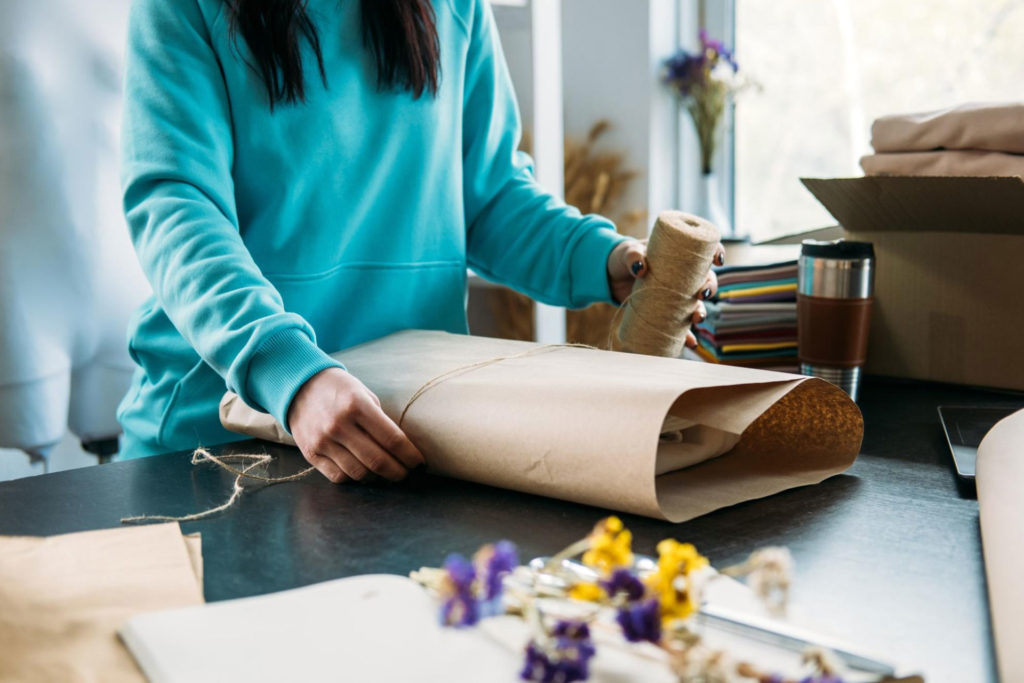
A packing paper is an ink-free paper that’s usually sold in large rolls. It’s an economically friendly material to use for packing breakable items such as glassware and dinnerware. Packing papers are also used to fill any empty spaces in a box to help avoid breakable items from bumping into one another while in transit. You can even use packing papers for wrapping books and mirrors as it can serve as a layer of protection to keep your things from incurring scratches and damages.
Benefits of Packing Paper
Packing paper wouldn’t be one of the go-to packing materials for nothing. It has quite a remarkable set of benefits as well.
- Packing papers are more biodegradable compared to other packing materials, so if you’re all about sustainability, environment-friendly, and recyclable materials, it’s a viable option for you.
- Packing papers have a smooth texture, which is perfect for wrapping delicate items such as chinaware, wood furniture, and more, preventing them from getting scratches on the surface. It also wraps closely, so your packed items are safe from dust and dirt.
- Packing papers are thin materials, which means they don’t take up much space.
- You can easily stack items such as dishes because packing papers aren’t bulky.
- They are inexpensive and accessible.
Drawbacks of Packing Paper
- Packing papers can’t be used to wrap pointed or sharp objects because it can pierce through the material, causing it to rip.
Items That Can Be Packed Using a Packing Paper
- Dinnerware
- Wine Glasses
- Pictures
- Mirrors
- Wood Finish and Polished Furniture
- Books
Conclusion: Both bubble wrap and packing paper are useful for packing fragile items and can aid in safer shipping. However, it’s worth noting that bubble wraps are best for packing larger, heavier, and bulky items as it adds an extra layer of protection with its cushion-like build. It’s also malleable enough to wrap the item you want to pack. Packing papers are also good for wrapping fragile items and aren’t space-consuming. On top of that, packing papers are biodegradable, which means they are less likely to be harmful to the environment and can be recycled and reused. But since it’s paper, it can’t be used to wrap pointed and sharp objects as it can pierce through or rip the packing paper.
When it comes to which is more ideal — it purely depends on your preference because they are both excellent and reliable materials for packing fragile items. At the end of the day, it all boils down to which of them will best aid in your packing process.
For packing supplies, you can shop at our store or contact us today for more information, and we’ll be glad to assist you!

